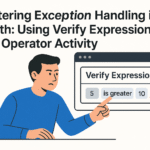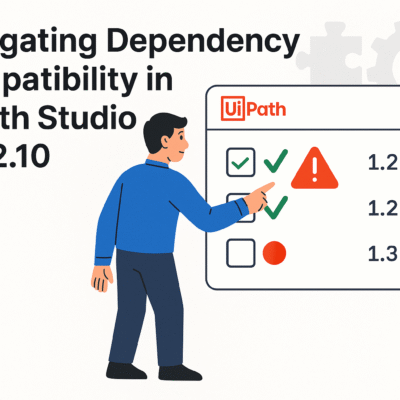In the realm of Robotic Process Automation (RPA), UiPath stands out as a leading platform, facilitating the creation, deployment, and management of automation scripts. A key component of this ecosystem is the UiPath Orchestrator, a centralized resource for managing your bots and processes. An essential feature of the Orchestrator is its alert system, which helps users monitor and respond to various events and states within their RPA environment.
The Five Severity Levels
The UiPath Orchestrator categorizes alerts into five distinct severity levels, each representing a different type of event or state in your RPA operations. These are:
Info (Information)
- Purpose: This level is used for informational messages. These alerts are typically non-critical and are used to convey general information about the processes, such as start or end of a job.
- Use Case: An example would be an alert that a scheduled job has successfully started.
Success
- Purpose: As the name suggests, this level indicates successful completion of tasks or processes.
- Use Case: A common example would be the successful execution of a process without any errors.
Warn (Warning)
- Purpose: This level is used for warnings. These are not critical errors but indicate potential issues that might need attention.
- Use Case: An example might include a warning about a process taking longer than expected, hinting at possible optimization needs.
Error
- Purpose: This level indicates a more serious issue, where a process or task has encountered an error and might not have completed successfully.
- Use Case: An example could be an error due to missing data or incorrect input formats.
Fatal
- Purpose: The highest level of severity, Fatal alerts are used for critical issues that require immediate attention. These issues often affect the entire system or a significant part of it.
- Use Case: This could include system failures or critical resource unavailability.
Why Understanding Severity Levels is Important
Understanding these severity levels is crucial for effective RPA management. By appropriately categorizing alerts, the Orchestrator enables users to prioritize their response efforts, focusing first on the most critical issues. This categorization not only aids in efficient troubleshooting but also helps in maintaining smooth and uninterrupted RPA operations.





